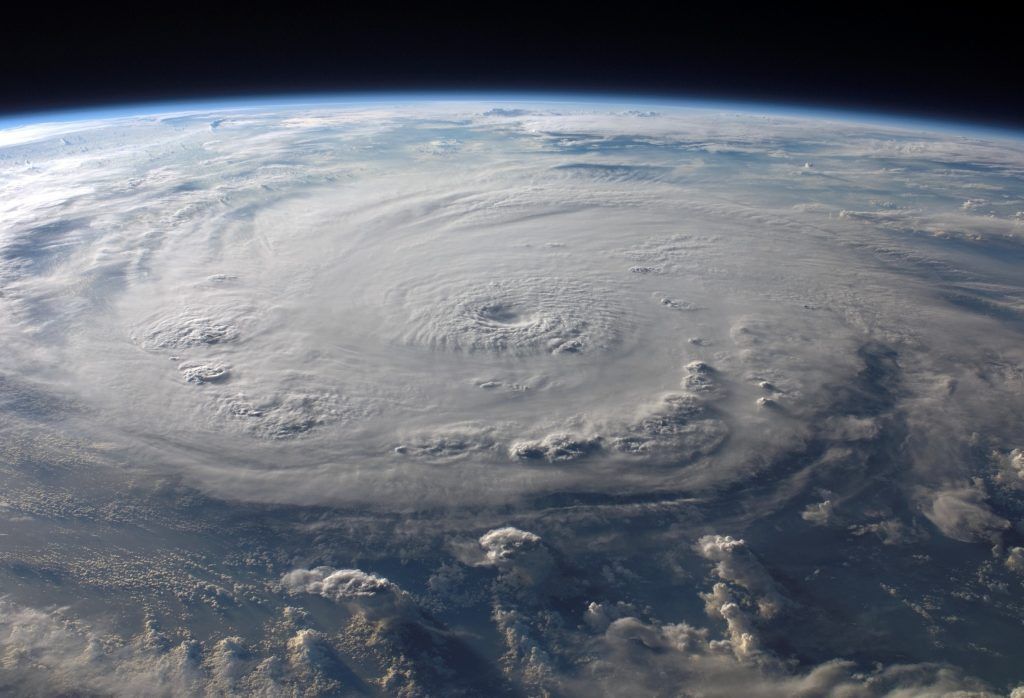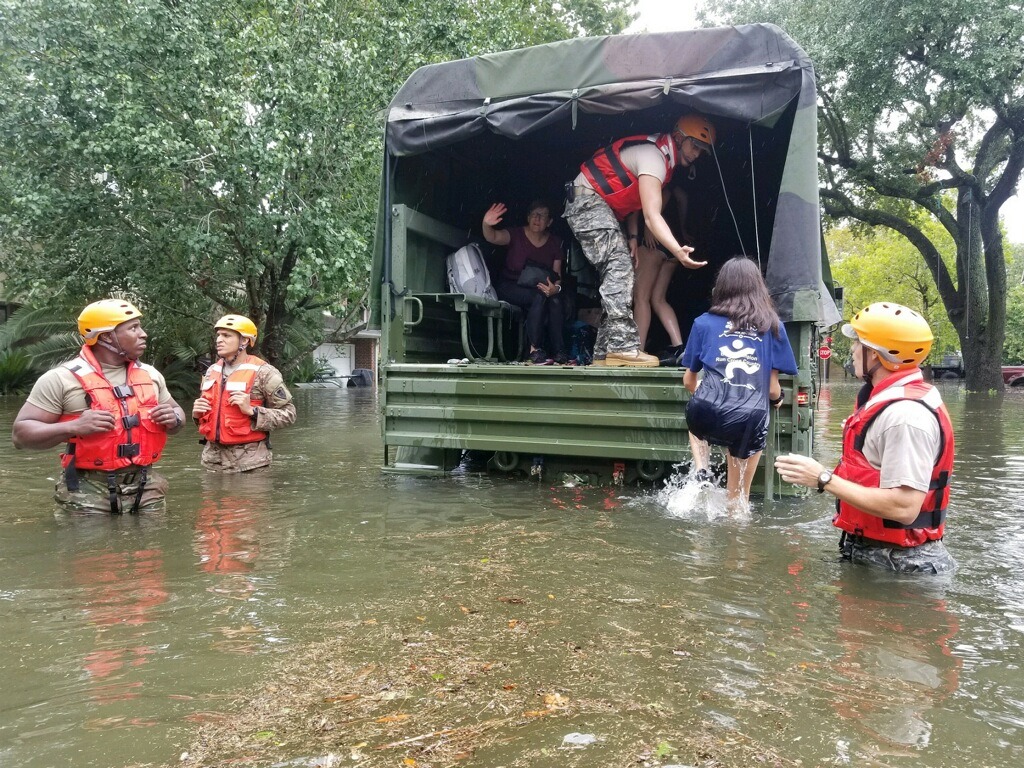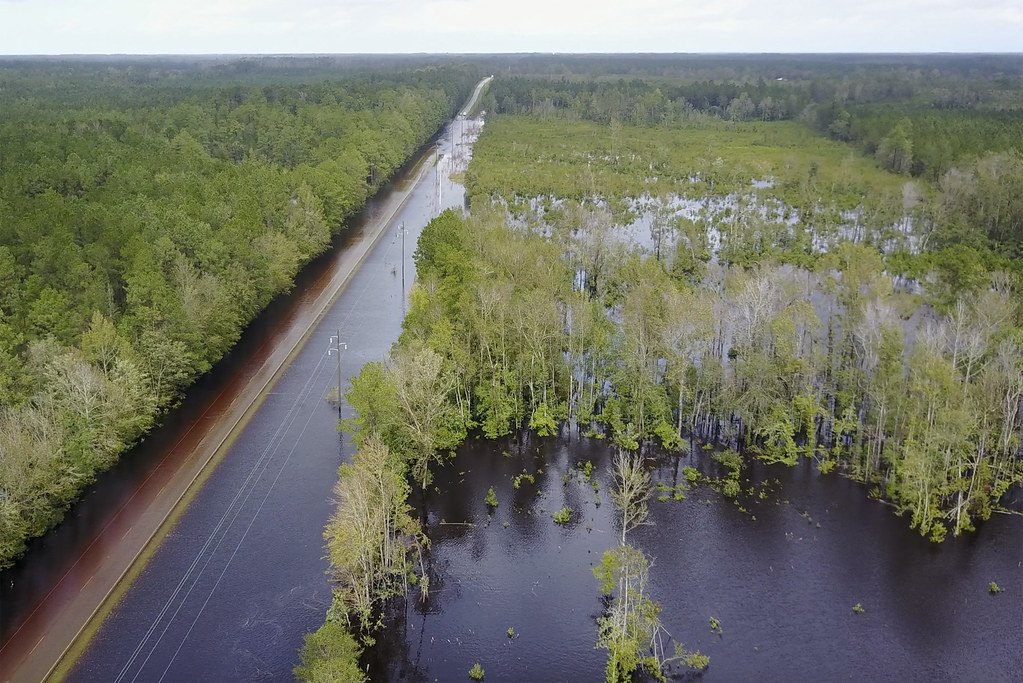Hurricane Preparedness Week: How to Prepare
May 10, 2021
 Hurricane Season
Hurricane Season
It is Hurricane Preparedness Week. Hurricane season begins June 1. Are you prepared? Below you will find a few tips to ensure you have the knowledge to take action.
Hurricane Preparedness
- Update your insurance policies.
Be ready for hurricane season at home and your business. Find out if you live or work in a hurricane risk area and take a few minutes to review and update your insurance policies before the start of hurricane season on June 1st. Read more from the National Weather Service here.
- Store important documents.
Keep important documents, such as legal papers, birth certificates, marriage license, financial papers, and insurance policy information, as well as valuables such as jewelry, in a safety deposit box or in a bolted safe in an interior closet in your home.
- Prepare hurricane response plans and evacuation routes.
Water can quickly become destructive and dangerous. During hurricane season, stay informed about storms that may be in your path. Access the National Weather Service storm watch here. Ensure your hurricane response plans are ready and evacuation routes are known to leave quickly if needed.
- Secure outdoor belongings.
Trim large trees and shrubs, bring in patio furniture, potted plants, bikes, and toys. If possible, move your car to higher ground to avoid water damage.
- Power up and prep an emergency kit.
Fill your car’s gas tank and charge your electronics. Gather flashlights, a portable radio, extra batteries, non-perishable food, bottled water, cash, blankets, clothing, and toiletries for an emergency kit should you need.
Hurricane Impacts
Hurricanes that move inland can also create significant flooding hundreds of miles from coastal areas. Floodwaters pose structural and safety hazards. Wind-driven rain can also cause extensive building materials damage even when floodwaters are not present.

Texas National Guard soldiers arrive in Houston, Texas to aid citizens in heavily flooded areas from the storms of Hurricane Harvey.
Hurricane Harvey: 2017
In 2017 in the Gulf of Texas, Hurricane Harvey affected 13 million people. According to the National Hurricane Center, nearly 135,000 homes were damaged or destroyed in the historic flooding, and up to a million cars were wrecked, causing $125 billion in damage. Total rainfall hit 60.58 inches, a record for a single storm in the continental United States. In total, Harvey dumped 53.4 million acre-feet of water on Texas, with the weight of the water depressing the Earth’s crust.

Aerial drone footage of flooding caused by Hurricane Florence in Ringlewood, NC.
Hurricane Florence: 2018
In September 2018, Hurricane Florence dumped 27 inches of rain on the Wilmington, NC area and almost 36 inches in Elizabethtown, NC.
Post-storm flooding and rising rivers continued for almost two weeks following Hurricane Florence’s landfall. A large section of highways I-40 and I-95 were inaccessible, and many areas cut off for days.
Contact Us
S&ME can assist in the following disaster response services:
- Moisture mapping of impacted building materials
- Asbestos assessments and abatement plans and specifications
- Mold and indoor air quality assessments and abatement consulting
- Hazardous materials inventory, assessment, and clean-up consultation
- Post-flood recognized environmental condition (REC) assessments
- Industrial hygiene/health and safety consultation
- Evaluation of contaminated water and water-supply wells
- Property Condition Assessments
- Drone Technology investigations
For more information on disaster response services, please contact:
